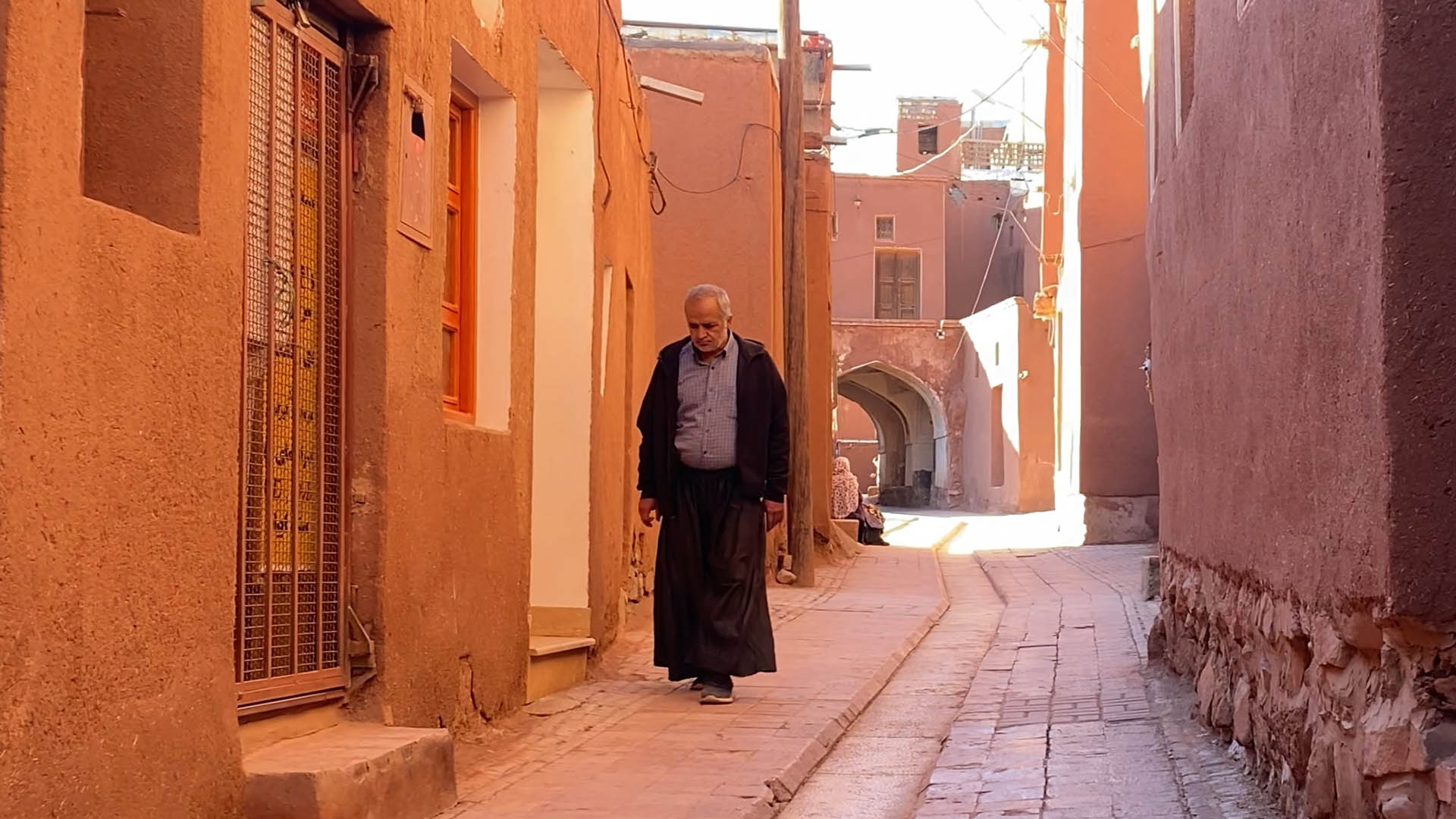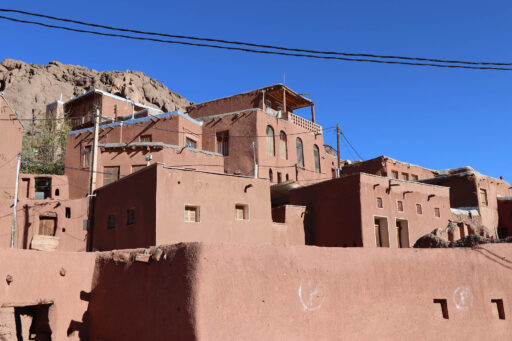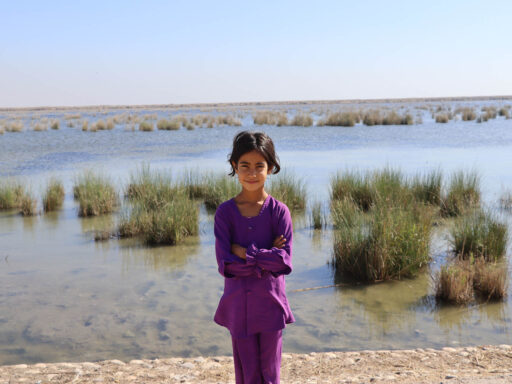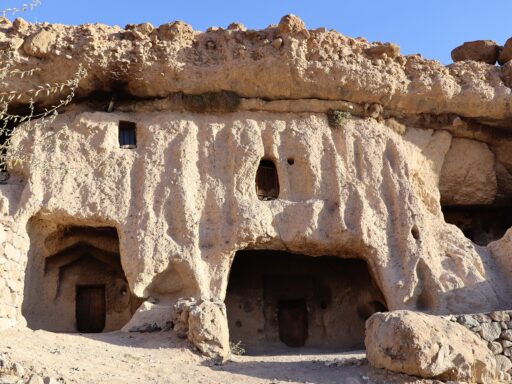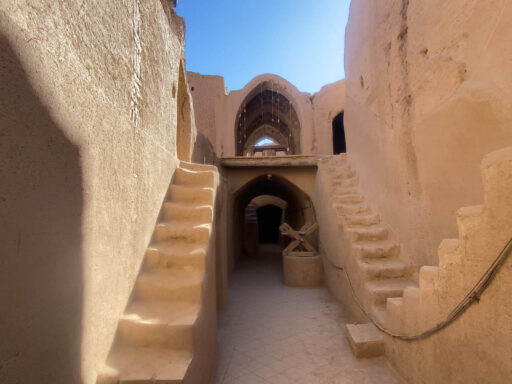Introduction
Nestled in the mountains of Iran’s Isfahan Province lies the ancient village of Abyaneh, a scenic gem that offers a glimpse into the country’s rich history and culture. With its winding lanes, crumbling reddish-brown structures, and residents donning colorful traditional attire, Abyaneh is unlike any other village in Iran. It is one of the few places where elements of pre-Islamic Zoroastrianism, such as fire temples andTower of Silence, still remain. The village is also famed for its vintage architecture, intricate wooden artworks, and captivating natural landscapes that surround it.
In this article, we take a deeper look at this mesmerizing historical village, from its origins and architecture to its people, culture, and best sights to visit.
History and Significance of Abyaneh
The history of Abyaneh village stretches back over 1,400 years. Some records indicate the village was first established in the 6th century CE, during the Sassanid era in Persia. However, archaeologists have found fragments of earthenware and bronze belonging to the Parthian period, suggesting the origins could be even older.
Over the centuries, Abyaneh emerged as an important stopover along the ancient Silk Road routes that connected Central Asia with Europe. Its location near major trade hubs like Isfahan helped it prosper as a commercial settlement. The village continued to grow under different Persian dynasties like the Seljuks and Safavids.
One reason behind Abyaneh’s continued survival is its isolation. Nestled high up in the Karkas Mountains at an altitude of 2,300 meters, the village is protected by the peaks that surround it on three sides. This offered security from natural disasters and foreign invasions that destroyed many ancient Persian settlements.
Today, Abyaneh stands as one of the best-preserved villages of pre-Islamic Iran. It provides a living record of the Persian, Zoroastrian, and Islamic heritage of the country. No wonder it is fondly called the ‘Red Village’ for its rustic mud-brick dwellings. In 1975, Iran designated Abyaneh as a national heritage site for its cultural significance and ancient architecture.
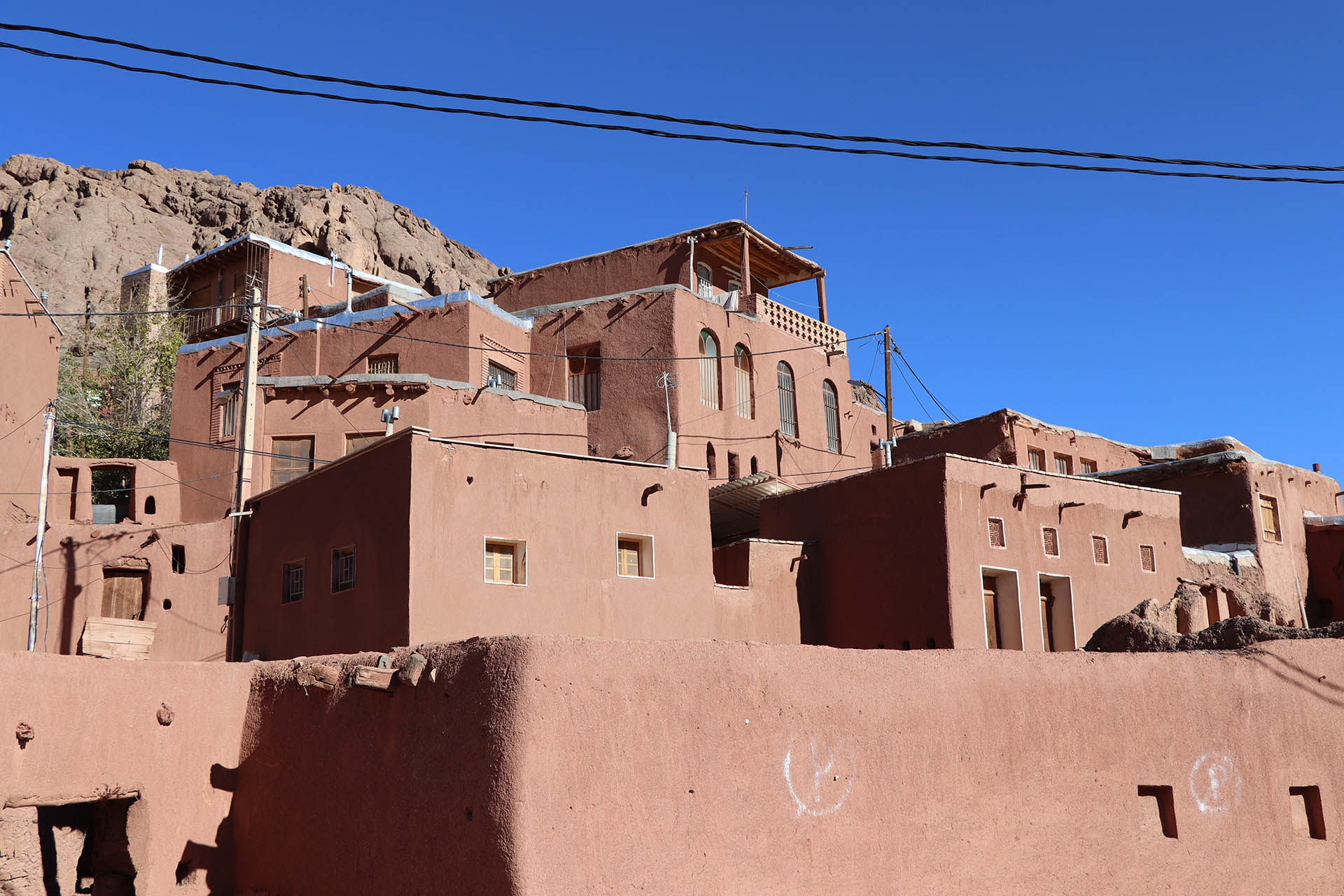
Distinct Architecture of the Village
One of the biggest draws of this ancient village is its peculiar yet beautiful architecture. Unlike most Iranian villages that are built with stones, sun-dried bricks, and straw, the structures in Abyaneh are made from red mud and clay. This gives the entire village a uniform terracotta appearance.
The clay is sourced from the nearby Abyaneh River and combined with other binding materials like straw to create bricks. These mud bricks are excellent insulators that help keep the interiors cool in summer and warm during the harsh winters. Narrow staircases connect the rooftops of houses like interconnect tunnels across the village.
Wooden balconies, doors, and windowsills add hints of brown to the red facades. Carved floral motifs and geometric patterns decorate these wooden elements. On the rooftops, you can spot squat windtowers called baadgirs that were ancient Iranian air conditioning systems!
The unique architecture of Abyaneh has remained intact despite many devastating earthquakes. The villagers continue to use the same materials and methods to repair and rebuild damaged portions, thus preserving the antique look.
Zoroastrian Heritage
One of the chief religions practiced in Abyaneh before the advent of Islam was Zoroastrianism. Founded by the prophet Zoroaster in the 6th century BCE, it was among the earliest monotheistic religions in the world. Several elements of this pre-Islamic faith continue to be part of Abyaneh’s culture even today.
Some well-preserved bas reliefs in the village feature iconography associated with Zoroastrianism like the Faravahar winged disc. The Tower of Silence on the outskirts is where Zoroastrians used to leave their dead for vultures. Iran’s dwindling Zoroastrian community considers Abyaneh holy. Every year, many visit the village to pay tribute at the temple and tower.
You can also spot rows of clay fire altars along the streets, which hold great religious significance for Zoroastrians. The presence of active fire temples and attendance of Zoroastrian pilgrims are testaments to Abyaneh’s enduring heritage.
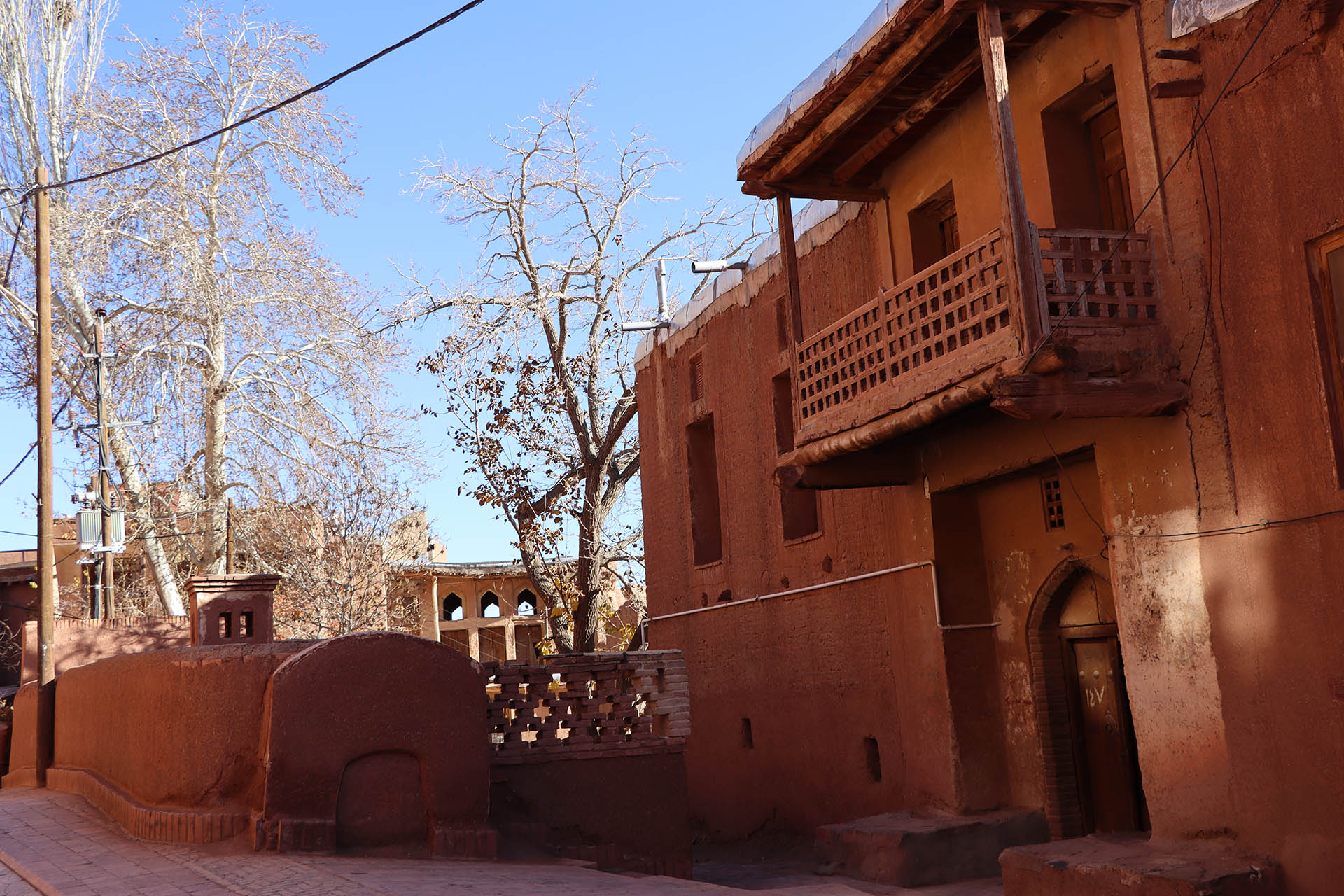
Traditional Clothing and Crafts
The residents of Abyaneh, especially the women, are renowned for retaining their ancient sartorial style. Strolling through the village, you can spot women of all ages wearing bright, patterned headscarves with voluminous pleated pants.
The traditional costume comprises a vividly striped tunic (known as chador) worn over long trousers and closed shoes. Married women wear white and brightly colored shawls called a naqab as head and face coverings. Unmarried girls wear all-white outfits with colorful headscarves. Elderly ladies dress the most colorfully.
Many village homes have wooden looms on which the women weave beautiful local textiles. this ancient village is also acclaimed for its expertly carved wooden doors and exquisite pottery. You can buy these handicraft items as souvenirs from shops around the village.
Key Sights to Visit in Abyaneh
Though small in size, this historical village is packed with several noteworthy landmarks and scenic spots for tourists to check out:
Jameh Mosque
The 14th-century Jameh Mosque sits at the center of the village. Its architecture integrates traditional Persian style with Islamic elements like intricate mosaics. Don’t miss admiring the ancient inscriptions on stone tablets inside.
Grand Bazaar
Abyaneh’s century-old bazaar is a fascinating web of maze-like alleys lined with shops selling pots, woven fabrics, herbs, spices, dried fruits and more. Wandering through this vibrant trading quarter is a fun experience.
Zoroastrian Temple
Located outside the main village, this well-preserved 6th-century BCE temple is an important pilgrimage site for Zoroastrians. Its roofless structure offers scenic mountain vistas.
Tower of Silence
The ossuary or Tower of Silence sits on a hilltop just 1 km north of Abyaneh village. It holds deep significance in the Zoroastrian tradition of exposure or “laying out the dead”.
Mountainside Springs
Dotting the arid slopes around ancient village are natural springs channeled into stone pools. Fed by melting snow, these icy springs are perfect pit stops to rest and rehydrate.
Mount Karkas
For sweeping panoramas of Abyaneh and the surrounding valley, trek up to the peak of Mount Karkas looming tall above the village. It takes around 2 hours to reach the rocky summit by foot.
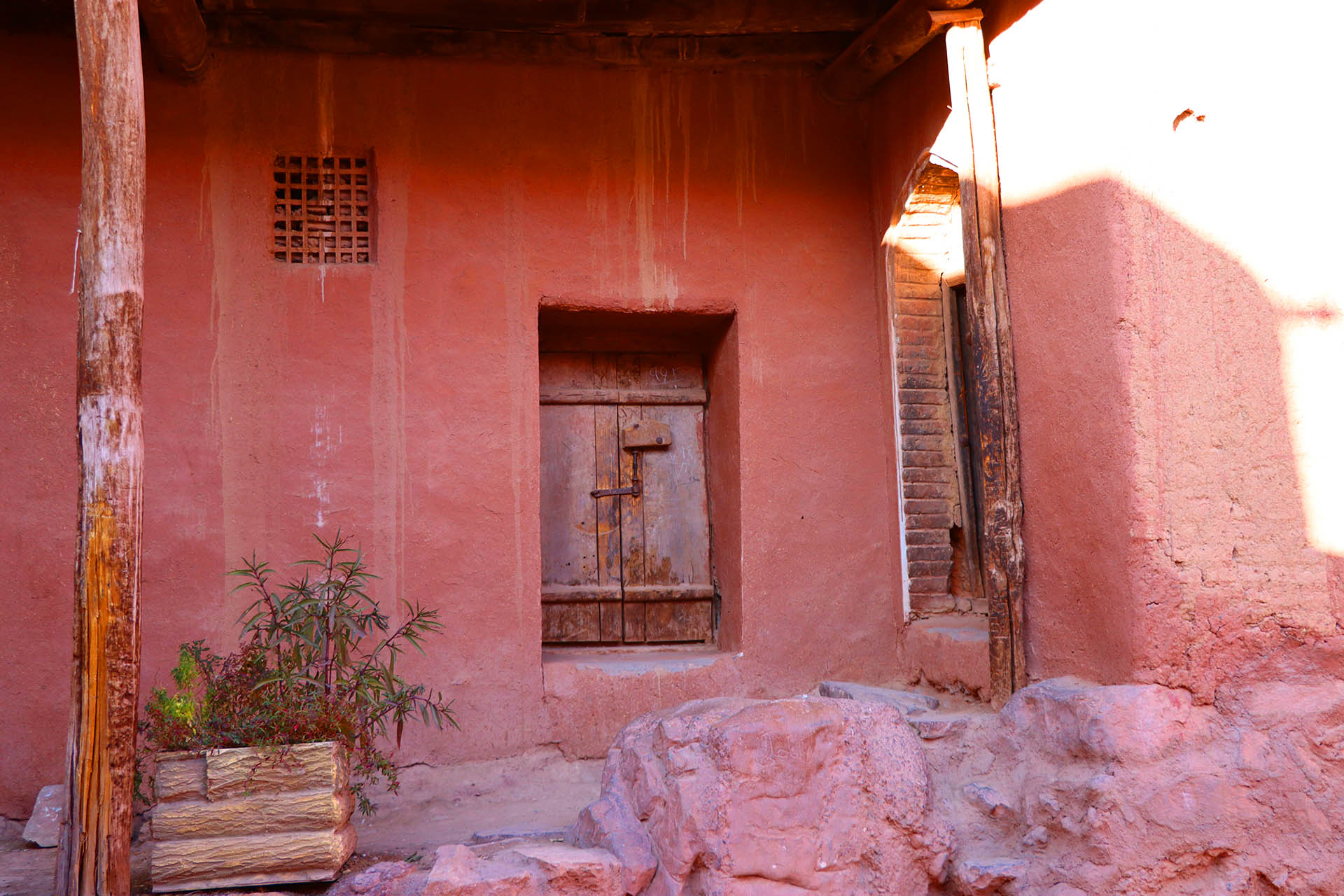
Best Time to Visit Abyaneh
One of the best times to visit Abyaneh is during the annual Rosewater Festival held in early May. The streets come alive with music, dance, and rosewater distillation ceremonies. Visitors can wear traditional clothes and join the celebrations.
Spring is ideal for exploring Abyaneh, with pleasant weather and blooming wildflowers. Late autumn is also nice. this ancient village transforms into a magical winter wonderland after snowfall, but road access is difficult. Summer can get very hot.
How to Get to Abyaneh
- By road – Abyaneh is located 80 km southwest of Isfahan City. You can hire a taxi from Isfahan to reach here. Buses also connect Abyaneh to nearby towns like Kashan.
- By train – The nearest railway station is at Kashan, 47 km northeast of the village. Taxis can be hired for onward travel.
Since vehicles cannot enter inside, you need to park outside and walk into the village. Guided day tours from Isfahan are also available.
Staying in Abyaneh
Overnight stays in Abyaneh are possible in a traditional guesthouse or among hospitable villagers. Limited accommodation options include:
- Abyaneh Ecolodge – Has cozy rooms and serves meals overlooking the mountains.
- Alp Guesthouse – Family-run lodging with a courtyard garden and delicious food.
- Parvaneh’s Homestay – For an authentic local experience, stay with Parvaneh’s family.
- Tent camping – Pitching tents outside the village and sleeping under starry night skies.
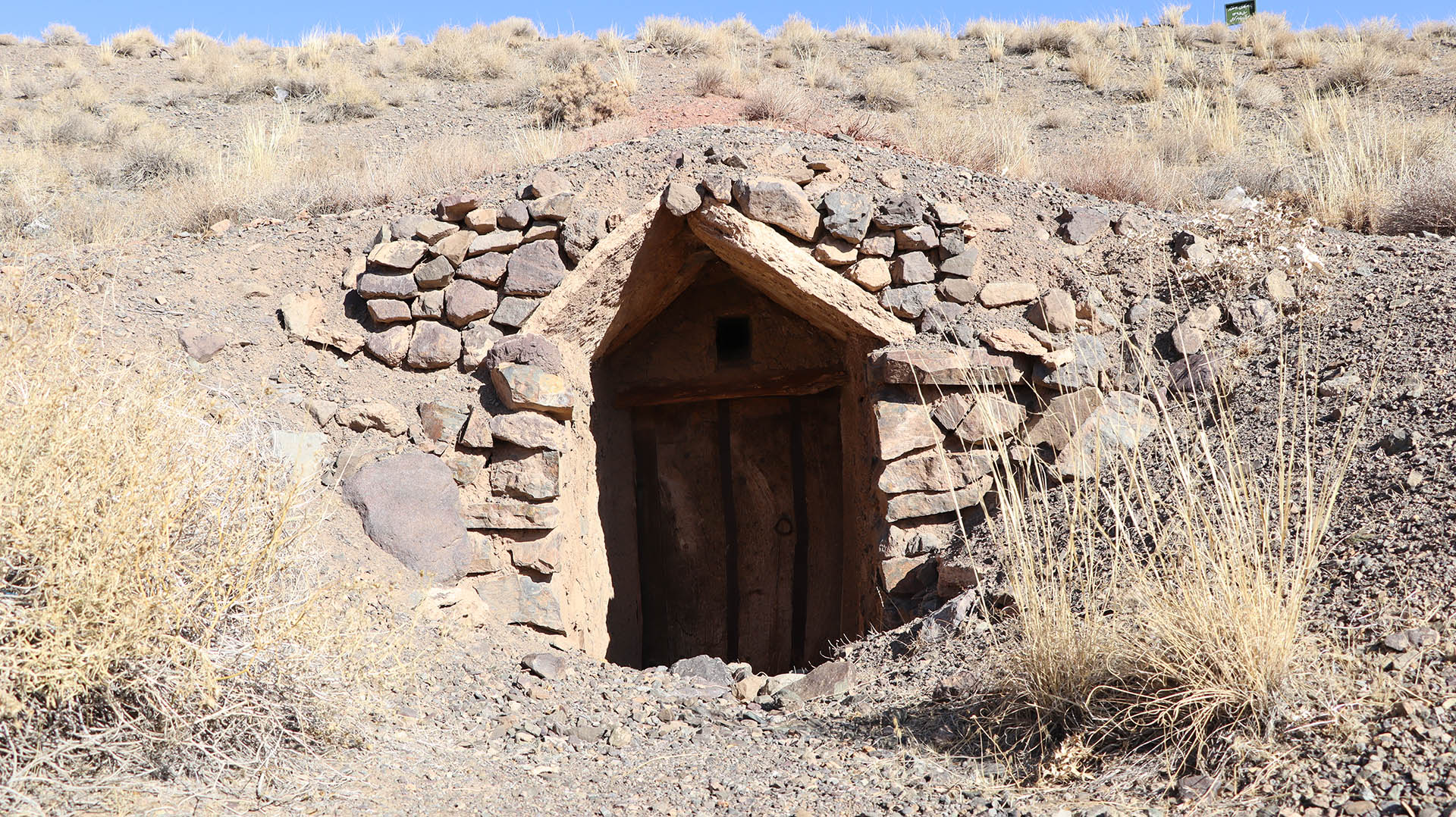
Conclusion
The ancient Iranian village of Abyaneh is truly a hidden gem waiting to be discovered. From its colorful dressed residents and beautifully preserved clay architecture to the echoes of its Zoroastrian past, this scenic village offers visitors an experience like no other place in Iran. The rustic appeal and rich heritage make timeless Abyaneh a must-visit destination!
